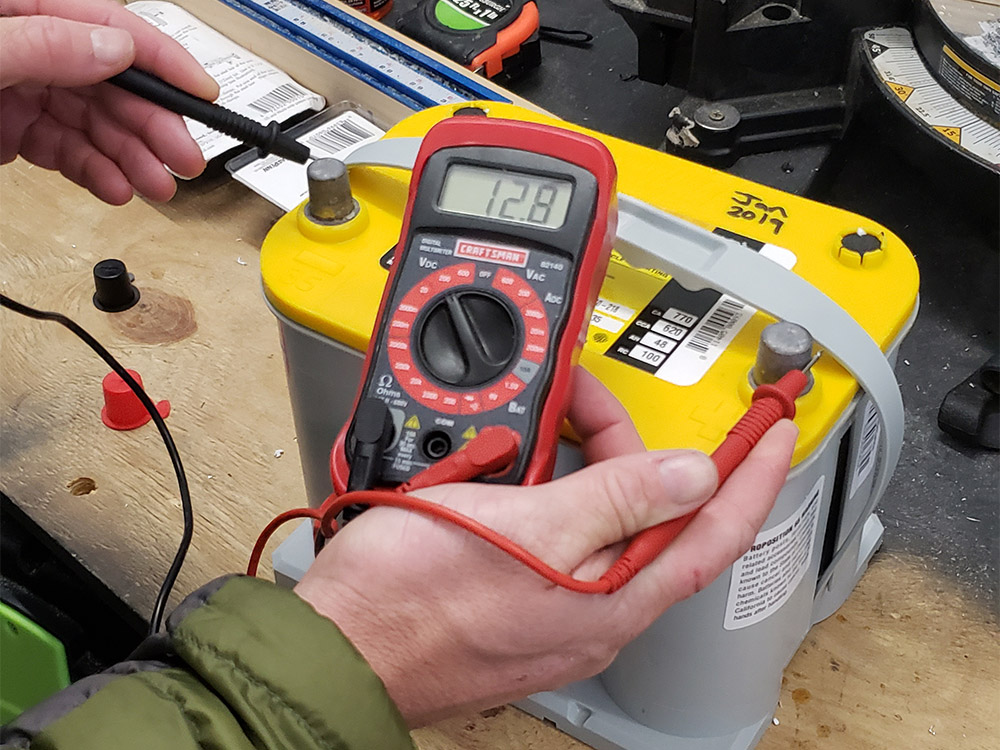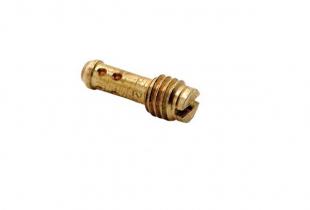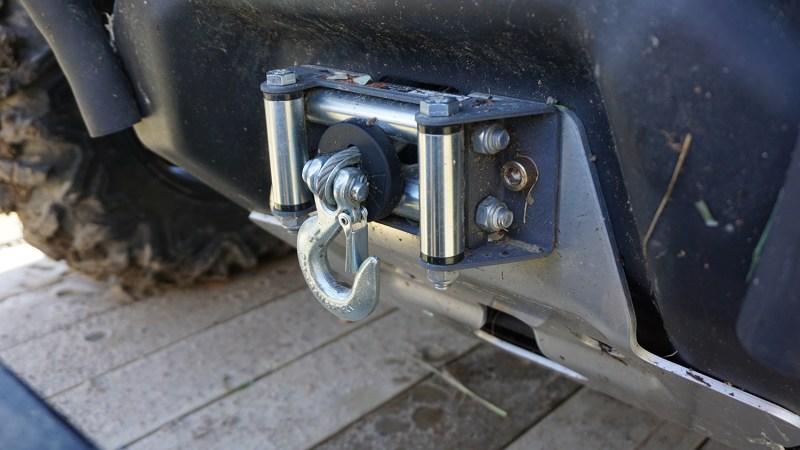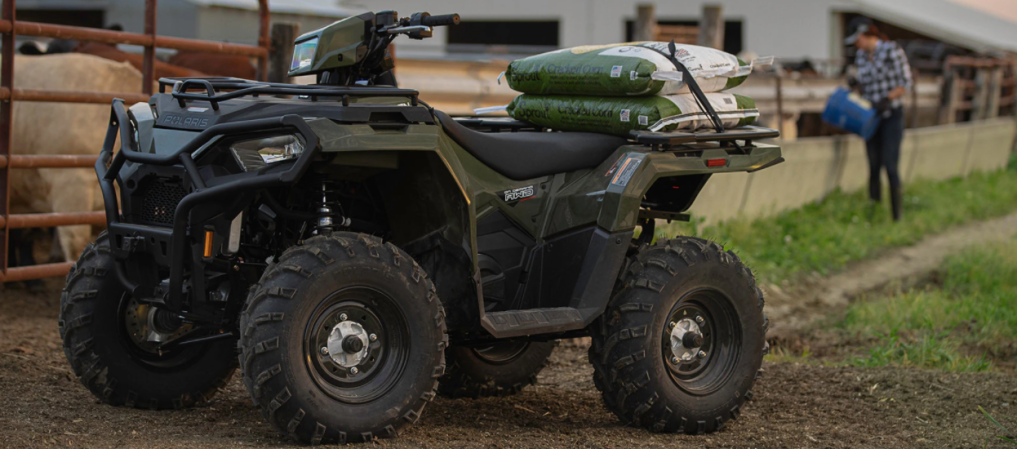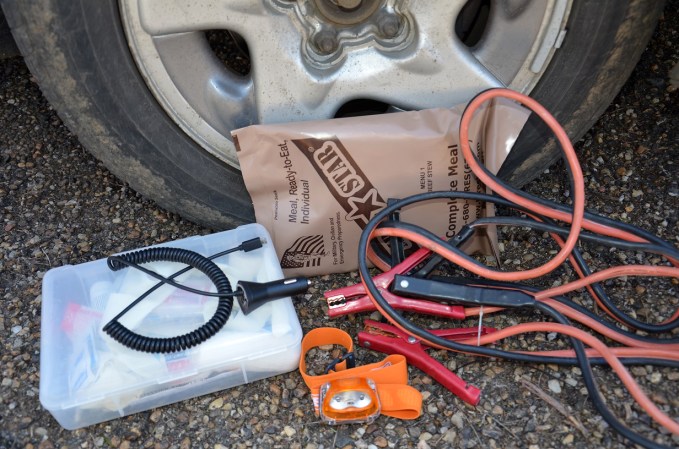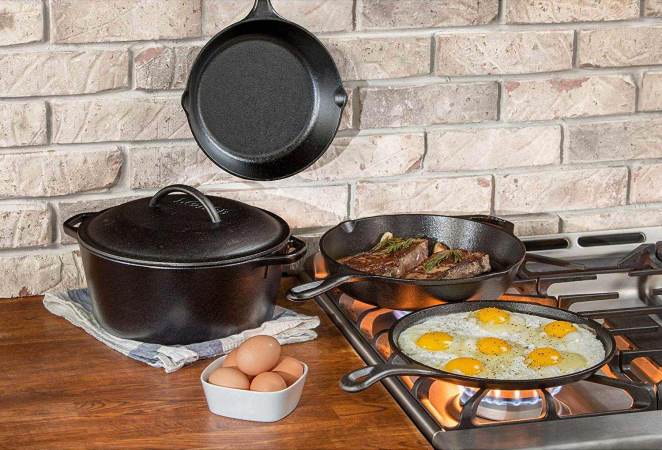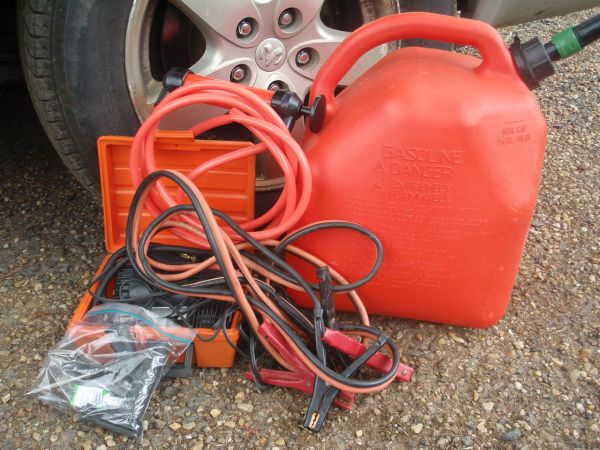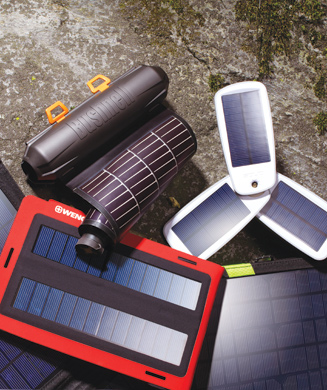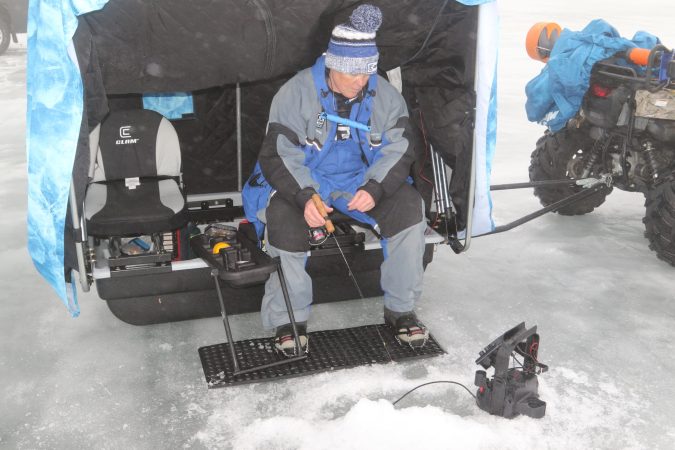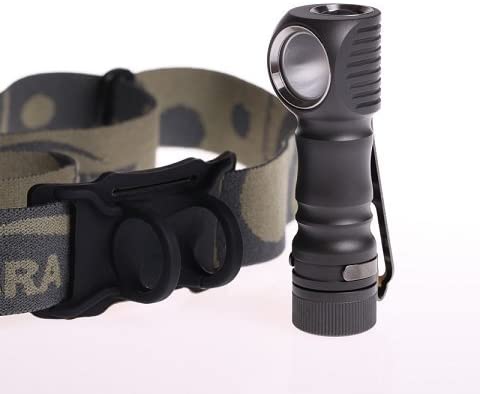We may earn revenue from the products available on this page and participate in affiliate programs. Learn More ›
If you’re into any kind of outdoor activity, chances are very good that you heavily rely on batteries of some type. Relying on batteries also means you have almost certainly been let down by them at some point. You could complain that they don’t make them like they used to, but chances are a lack of maintenance and high-power devices are causing your batteries to fail. The reality is that a little knowledge, preparation and upkeep will help you keep battery issues to a minimum.
Choose the Right Battery
Getting the right tool for the job is important, and battery selection is no different. If you select a traditional starting battery to power a boat or UTV, know that it is meant to just do that alone. When used together, items such as light bars, GPS units, and countless other accessories can pull too much power for the alternator or stator to keep up with. If you’re going to use accessories, use a dual-purpose battery. These are designed for cold cranking starts but also have enough reserve power to run accessories. In today’s boating world, with all of the regularly used accessories, it is not uncommon to have two starting batteries to run boats as small as 20’.
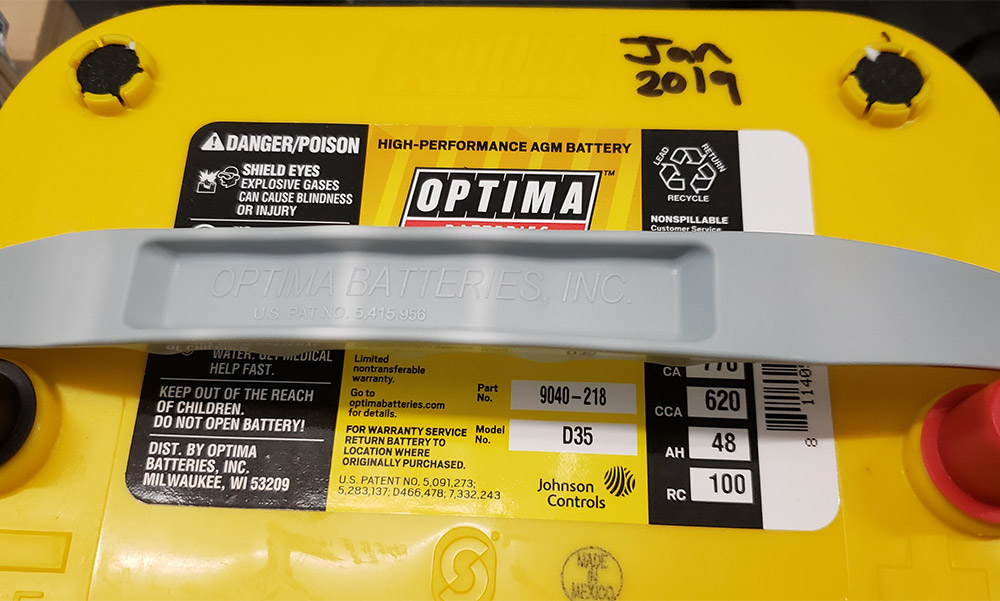
In the case of something like a trolling motor where it will be drained down regularly, a deep cycle with as much reserve as possible is the only choice. Trolling motor batteries should be dedicated to the trolling motor alone and have nothing else hooked to them.
Lead Acid Fill
Twenty years ago, lead acid fill batteries were by far the most available. You can still buy lead acid fill batteries, but they have taken a back seat to AGM (absorbed glass mat), and more recently lithium batteries.
Pros:
Easily found anywhere batteries are sold, which is important for warranty and replacement. Wide availability and old technology make them more affordable than other types of batteries.
Cons:
Fluid levels need to be checked and topped off. Liquid battery acid is much more hazardous and has a shorter lifespan. They tend to be more temperamental in cold weather, with a chance of actually freezing in extreme cold.
Absorbed Glass Mat (AGM)
In most cases I choose an AGM battery for the best longevity, price, and lack of maintenance. Inside the battery, there is a fiberglass mat that soaks up the battery’s sulfuric acid, which means you won’t spill acid all over your soft plastics if you knock it over in your boat.
Pros:
Little maintenance, takes more abuse, spill proof, and generally more life cycles.
Cons:
More expensive than lead acid fill.
Lithium
Lithium batteries shine in small fish finders that kayak and ice fishermen use, but aren’t the best option to run snowmobiles or ATV’s. Lithium batteries feature a higher energy density than other batteries, which gives you more power in a more compact size, and means you can carry it across the ice all day long.
Pros:
Much lighter and run substantially longer than other types of batteries.
Cons:
Highest price point, and charging systems can be picky. Like anything else, where you intend to use it can drastically change which type will best suit your needs.
Battery Specifications Terms to Know
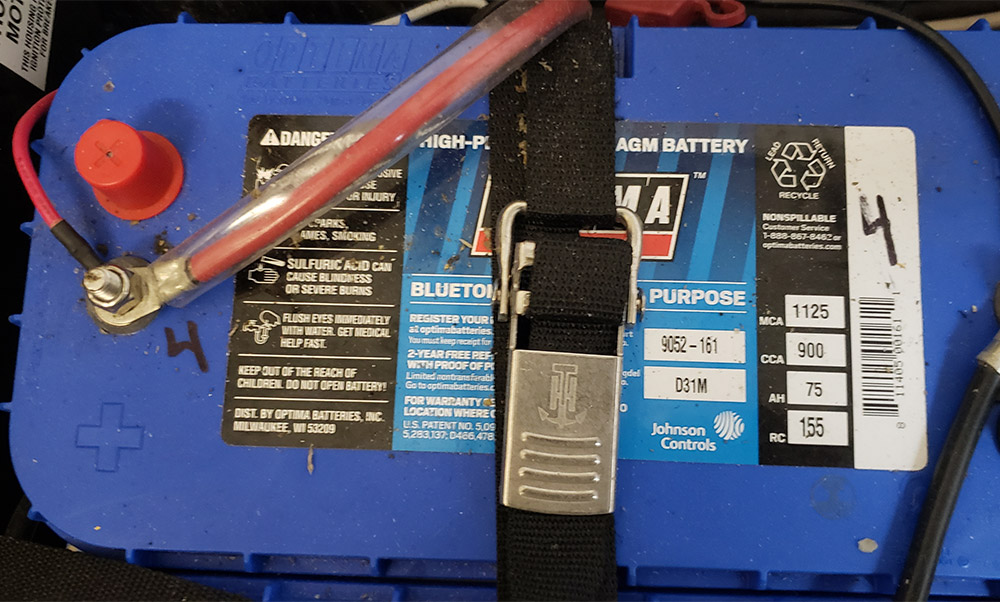
Choosing the right battery is daunting if you don’t know how to read their labels. Consult your machine’s manufacturer and a reputable dealer to help make your selection process easier. When talking shop, it helps to know the most important numbers and specifications, such as: CA, CCA, RC, AH.
Cranking Amps (CA)
This measures how many cranking amps the battery can put out at 32 degrees F. Look for a battery that exceeds your engine manufacturer’s requirement.
Cold Cranking Amps (CCA)
These are important in cold weather, especially for outboard boat motors or other large engines. Cold cranking amps are the number of amps a battery can deliver at 0 degrees F for 30 seconds without dropping below 7.2 volts.
Reserve Capacity (RC)
The bigger this number, the longer you can run. This number should be high for trolling motor batteries. It measures the number of minutes a fully charged battery at 80 degrees will discharge 25amps before it drops below 10.5 volts.
Amp Hour (AH)
Listed on dual or deep cycle batteries, this is the amount of amp hours it will deliver. This is important because it tells us how long the battery is going to last, which is great for comparing different batteries s. For example, 50AH= 5 amps for 10 hours or 10 amps for 5 hours.
Proper Battery Maintenance
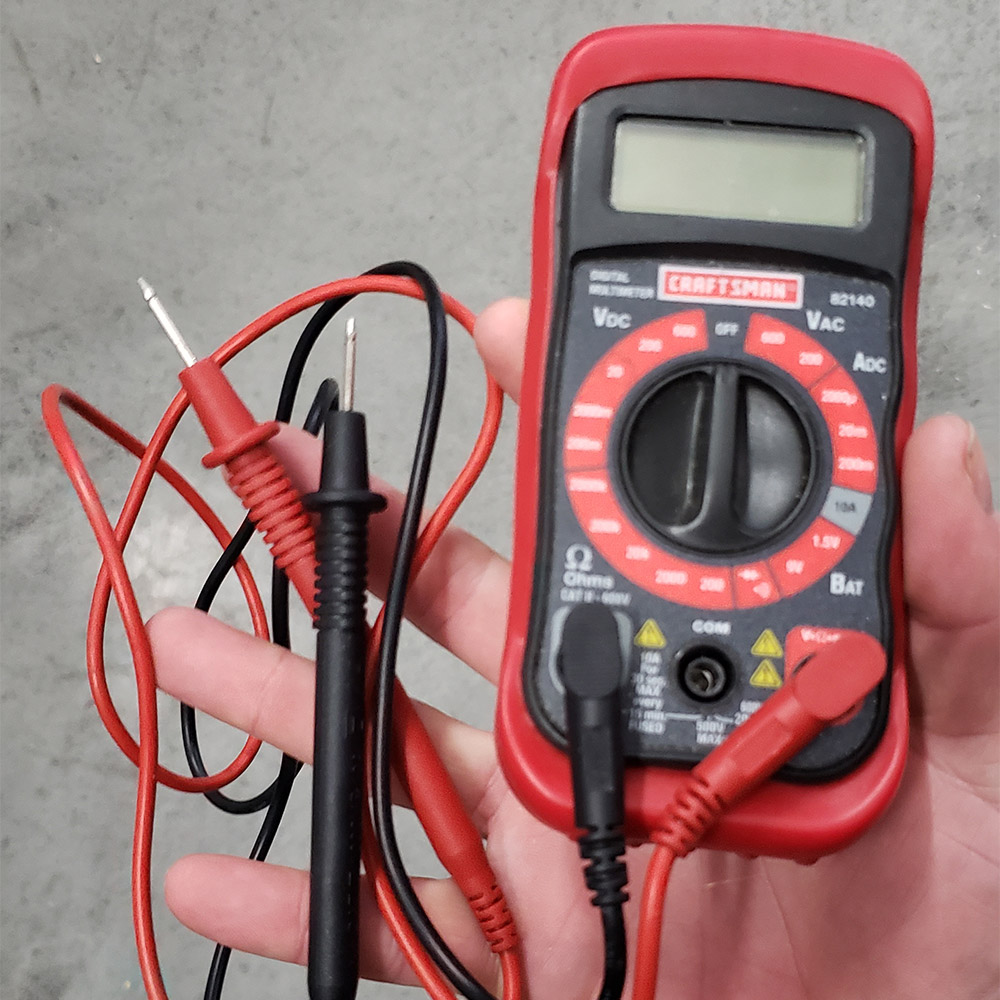
There’s nothing worse than going to start an engine and only hearing silence. Putting a voltage overlay on your GPS or sonar screen is a great way to monitor your battery’s condition. I do this on my boat, snowmobile or anything I have added electronics to. I know my battery needs attention if the volts drop below 12.0.
A simple multimeter is also a great, versatile tool to carry. You can tell the volts of any battery and quickly determine how dead it really is.
Keep it Charged
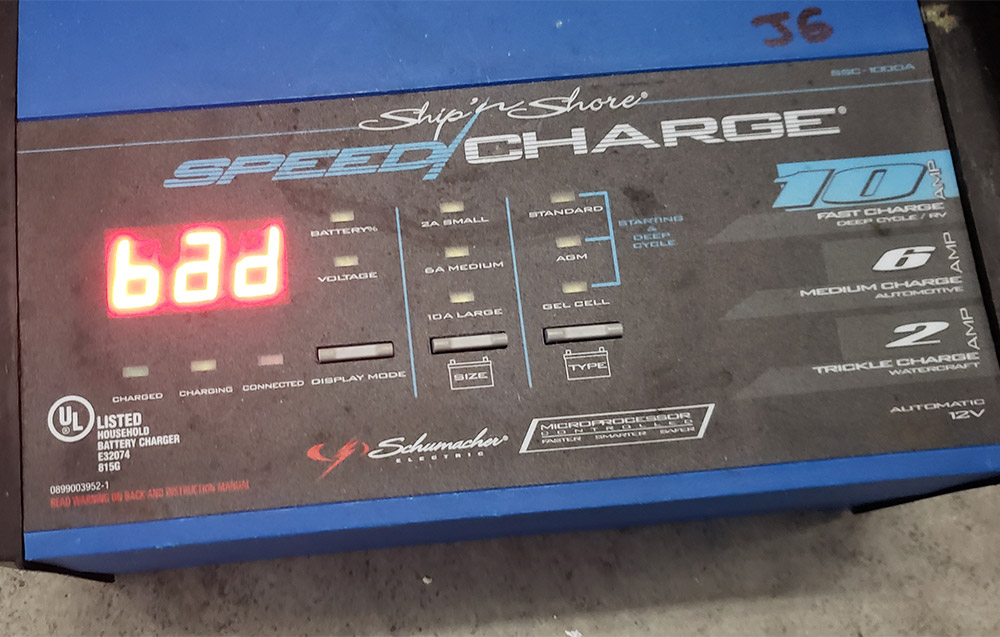
Failing to charge or improperly charging a battery can do permanent damage to it. Pull unused batteries out of the cold over the winter and keep them on a maintenance/trickle charge to ensure they won’t be dead come spring time. Chargers designed specifically for trickle charging typically include a quick disconnect harness to make it easier to perform this.
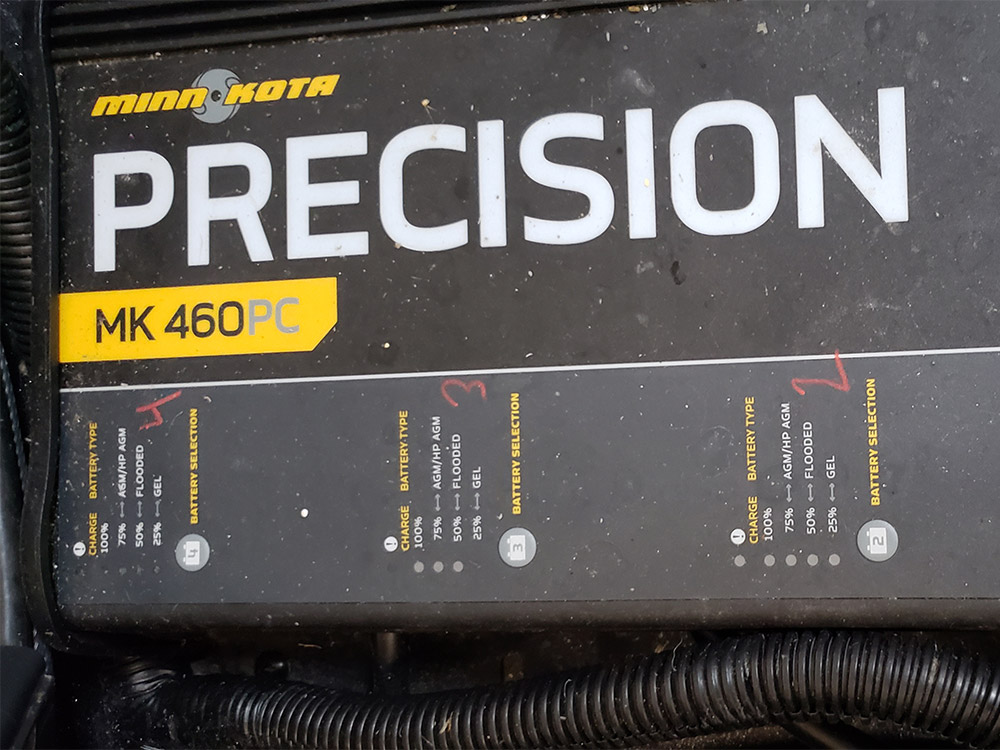
Many modern-day battery chargers have a selector to charge the specific type of battery you have. My onboard Minn Kota boat charger can select from lead-acid fill, AGM, or gel batteries. While it puts out an amazingly quick charge due to its 15 amps per bank, it will not charge a dead battery. Most of these smart chargers will not register a totally dead battery and instead show a code. If you have a battery that is completely dead, use a traditional battery charger for an hour or two to give it a jump charge. This will give it enough power to be picked up by the onboard charger and safely brought back to full status.
Read Next: How to Tune Up Your Trailer’s Wheels, Tires, and Electrical
Add a Battery Kill Switch to Your Machine
Adding a battery kill switch to your machine will allow you to shut all power off at once. This is a great way to make sure nothing is accidentally left on or drawn down unnecessarily. For example, accessory items such as your radio are often wired directly to the battery to keep their memory functions powered. Over time they will drain your battery down. Using a kill switch will reset your channels, but will also keep you from having a dead battery.
Be Prepared to Jump It
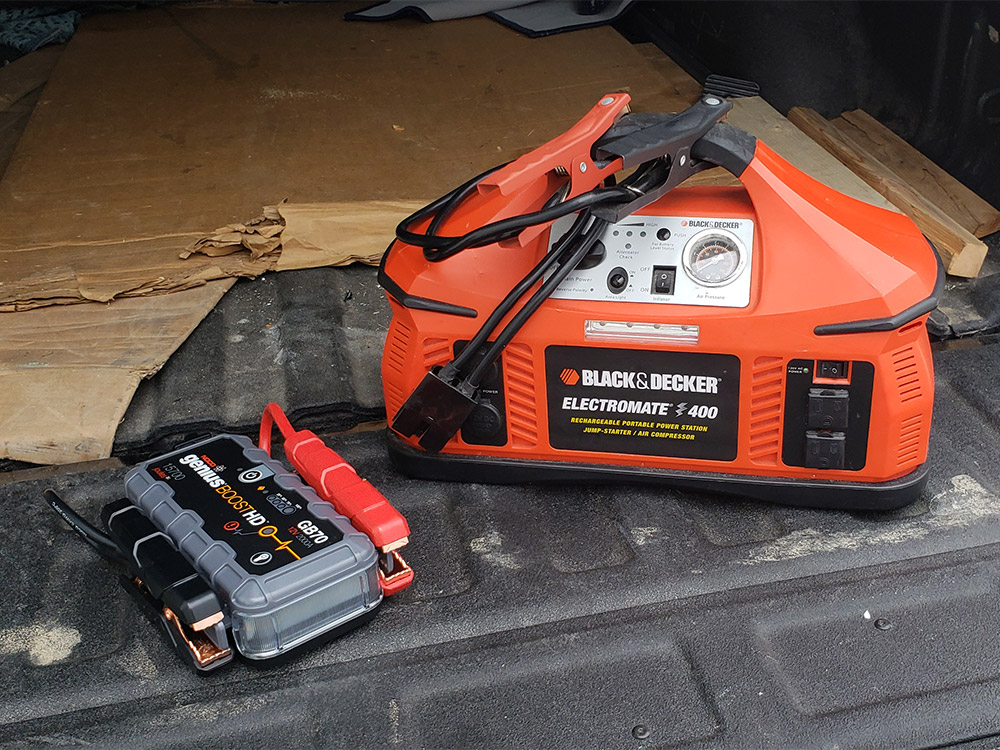
Even the best, properly maintained battery, will need to be jumped after just one brain fart. In the past, this meant a good pair of jumper cables and a friendly passerby. When jump boxes hit the market they were nice because you didn’t require outside assistance and they let you get into places where it would be difficult to access and jump. The problem with these early models was that they were big and bulky, and didn’t offer the amps of today’s units. Many jump boxes today have smart technology that won’t let you reverse the leads. They have enough power to jump a diesel truck several times, all while being no larger than a brick. These devices frequently feature flashlights and ports to charge or run other small electronic devices.
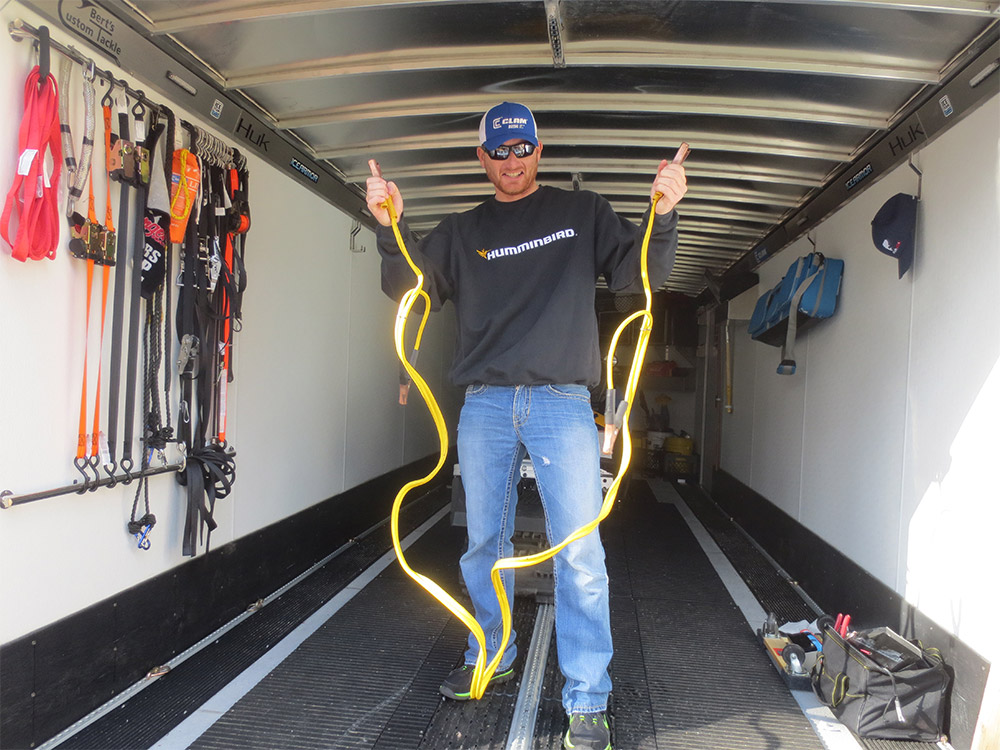
While this compact and fancy technology is great, don’t forget the old reliable jumper cables. Avoid box store cables that are short and made with thin-gauge wire. Longer leads mean more access, but it also means an amperage drop. Get the heaviest gauge jumper cables you can. Pencil thin cables are bad, you want cables as thick as your finger.
If you mistreat or forget about your batteries, they will let you know it at the worst possible time. Get the biggest battery that you can fit and afford, and a little maintenance will go a long way to keep you powered up and ready for adventure.
